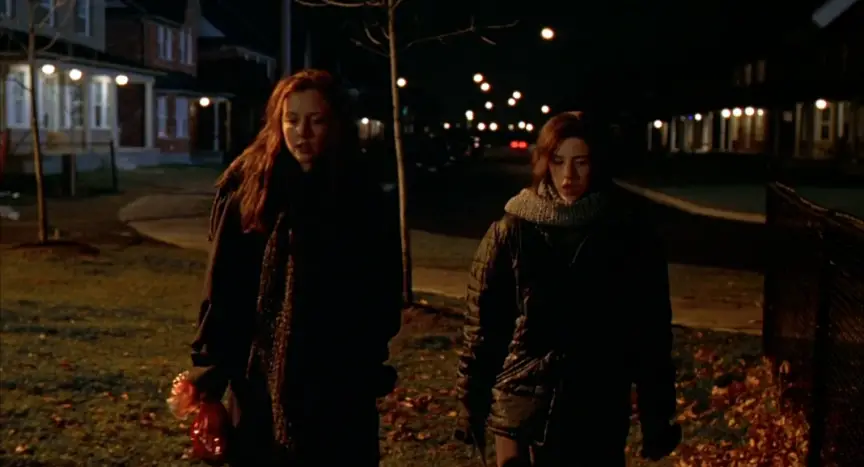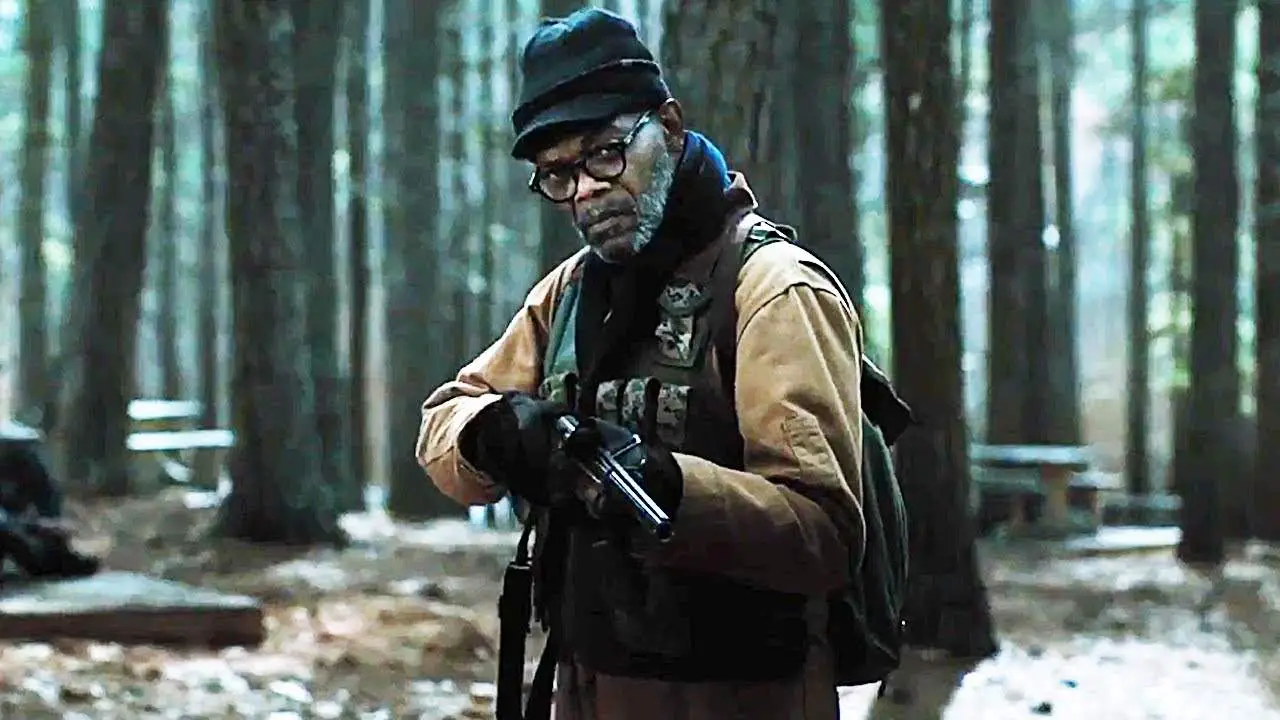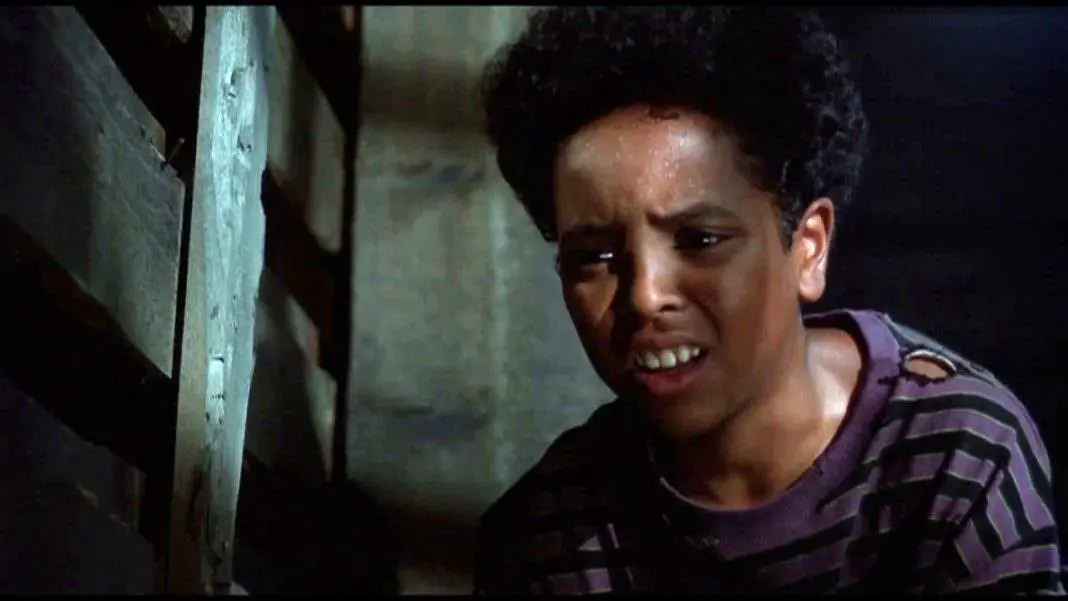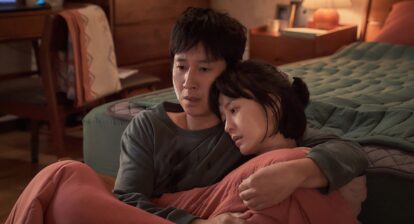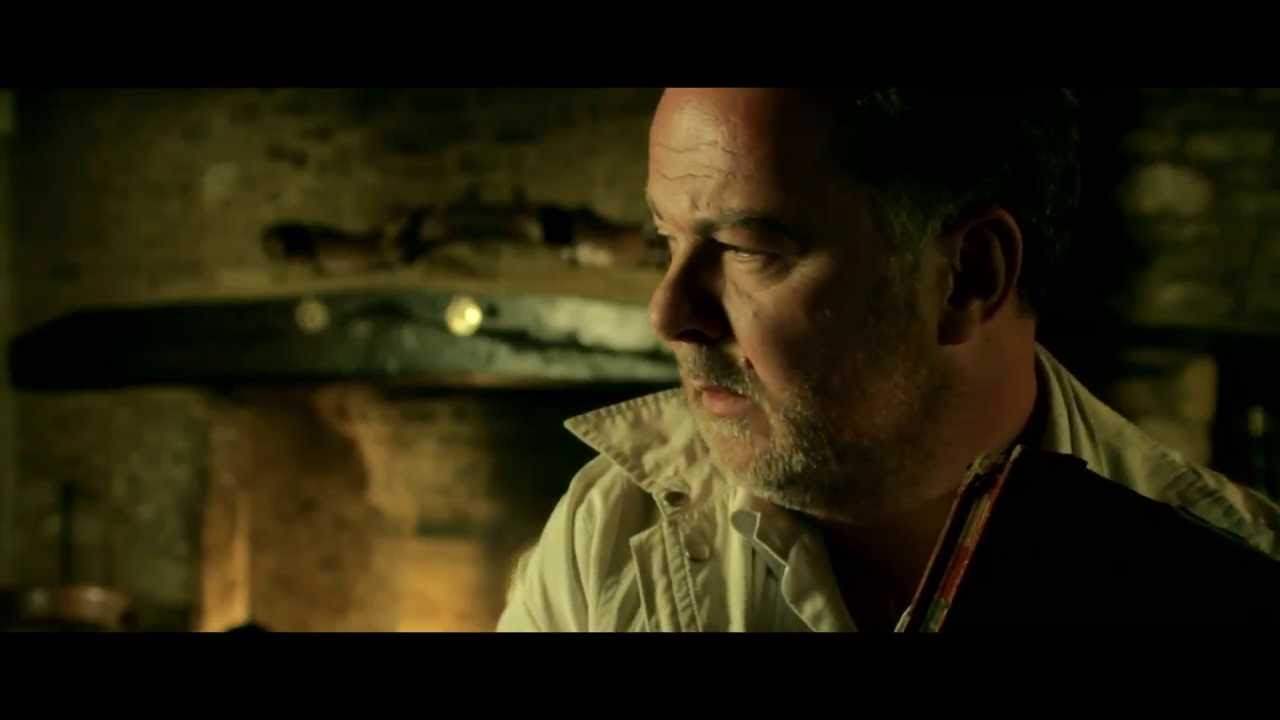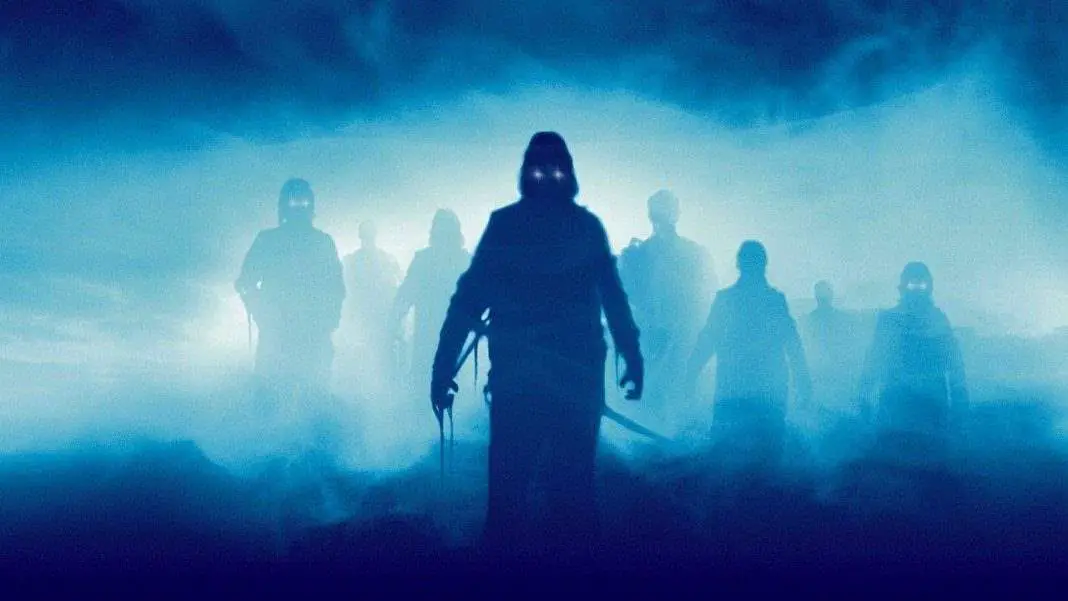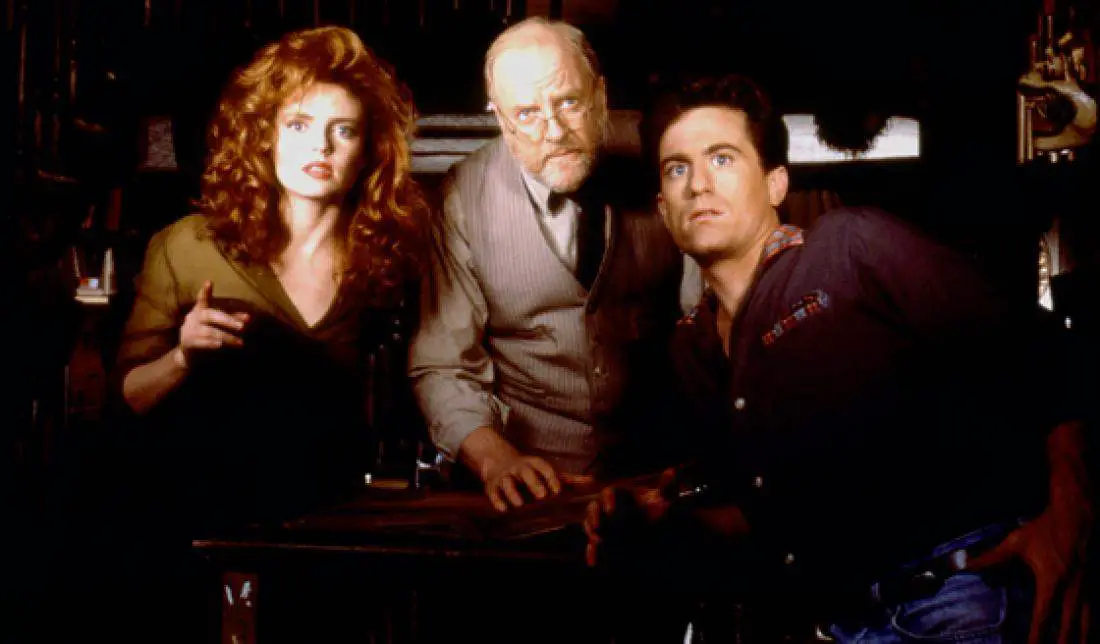Through most of history, werewolf stories and films were pretty aggressively male. They were about secret urges, hidden primal instincts. The Wolf Man is a great example of this. Larry Talbot is a man with a clear, and fairly creepy, fondness for women. His urges are balanced after he is bitten by a werewolf. He’s a much nicer, more respectful man toward women but all of his lust and rage is embodied as a monster. The Company of Wolves delves into these themes so deeply that it almost feels like a thesis on the subject. Ginger Snaps takes all of these themes and spins them on their head. It is a horror movie that is so tied to the female experience that it’s impossible to separate the two. Brilliant steps are taken here to turn the experience of becoming a werewolf into a metaphor for female adolescence and sexuality. It not only subverts the common traits of werewolf cinema, but cements itself as the figurehead of werewolf stories for the twenty-first century.
The first, clear thing that Ginger Snaps uses to relate lycanthropy to puberty is the physical transformation itself. Throughout the movie, the connection is made between the changes of puberty and the admittedly more extreme changes that Ginger prepares to go through after her werewolf bite. The most overt might be Ginger’s mother asking her if she’s started growing hair in funny places. It’s not subtle, but it doesn’t need to be in order to work and actually winds up working really well.

Aggression is a major factor. Ginger adopts new cravings and among them is a hunger for human flesh. This sort of radically goes in two directions. One is a sexual hunger, which Ginger definitely has after her bite. The other is a literal hunger for flesh. One of the best things Ginger Snaps does is explore female sexuality as both a metaphor and a direct portrayal at the same time. Her need for sex and her need to eat are not indistinguishable.
Ginger Snaps takes all of these ideas and turns them into a form of empowerment. Once Ginger realizes the changes her body is going through and accepts them, she begins to own herself and her sexuality. Her confidence skyrockets.
 She becomes sexually and emotionally aggressive and even hostile when she needs to be and everyone around her notices. People who didn’t give her the time of day before her bite suddenly want to know everything about her. Ginger may give in to her urges, but she is in complete control of herself while doing so. Like some of the best stories in this genre, the wolf is a part of her; it’s an extension of her.
She becomes sexually and emotionally aggressive and even hostile when she needs to be and everyone around her notices. People who didn’t give her the time of day before her bite suddenly want to know everything about her. Ginger may give in to her urges, but she is in complete control of herself while doing so. Like some of the best stories in this genre, the wolf is a part of her; it’s an extension of her.
Perhaps the most feminist thing in Ginger Snaps occurs after Ginger sleeps with a boy for the first time. He’s a typical horny, aggressive, overtly male boy. After his encounter with Ginger he too begins to change. He not only begins to transform into a werewolf, but he is inflicted with the experience of being female. This guy is extremely insensitive and objectifying of women, now he has to know exactly what it feels like to be one. Like any good werewolf flick, he’s given the curse. He grows fangs, he grows hair, he hungers for live meat, but he also gets a period. More than anything, this ties lycanthropy to a female experience and cements the movie’s place as essential feminist horror picture.
Ginger may be the antagonist of the movie, but that’s a fairly societal reaction to a woman who embraces herself and her sexuality. At the same time, in the context of the film, she is actually killing people. Her relationship with her sister Bridgette is at the core of the story. There are no love interests here. No boy comes between these two.

It does feature the structure of a doomed tragic romance, but with two sisters standing in for the traditional, heterosexual lovers that usually occupy these roles. Ginger is overtly sexual and Bridgette is asexual, but when it comes down to it, sexuality doesn’t factor into the relationship between the two leads and that is refreshing.
Ginger Snaps is one of the most important feminist films of the last twenty years, horror or not. It’s also one of the best horror features made in that time period. It’s a movie that has happily only gained popularity as time has gone by and will hopefully continue to do so for some time. Features that subvert the genre in such an interesting way, well, they come along once in a blue moon.
